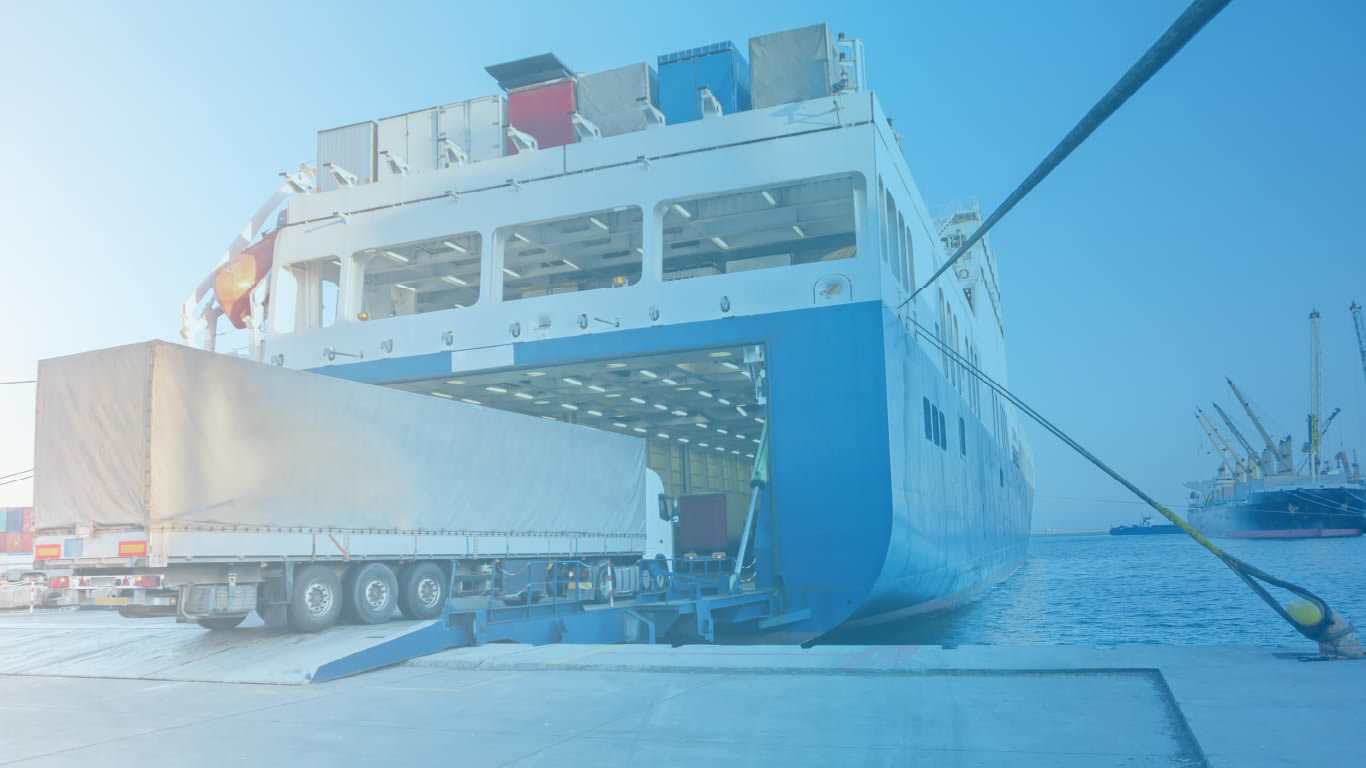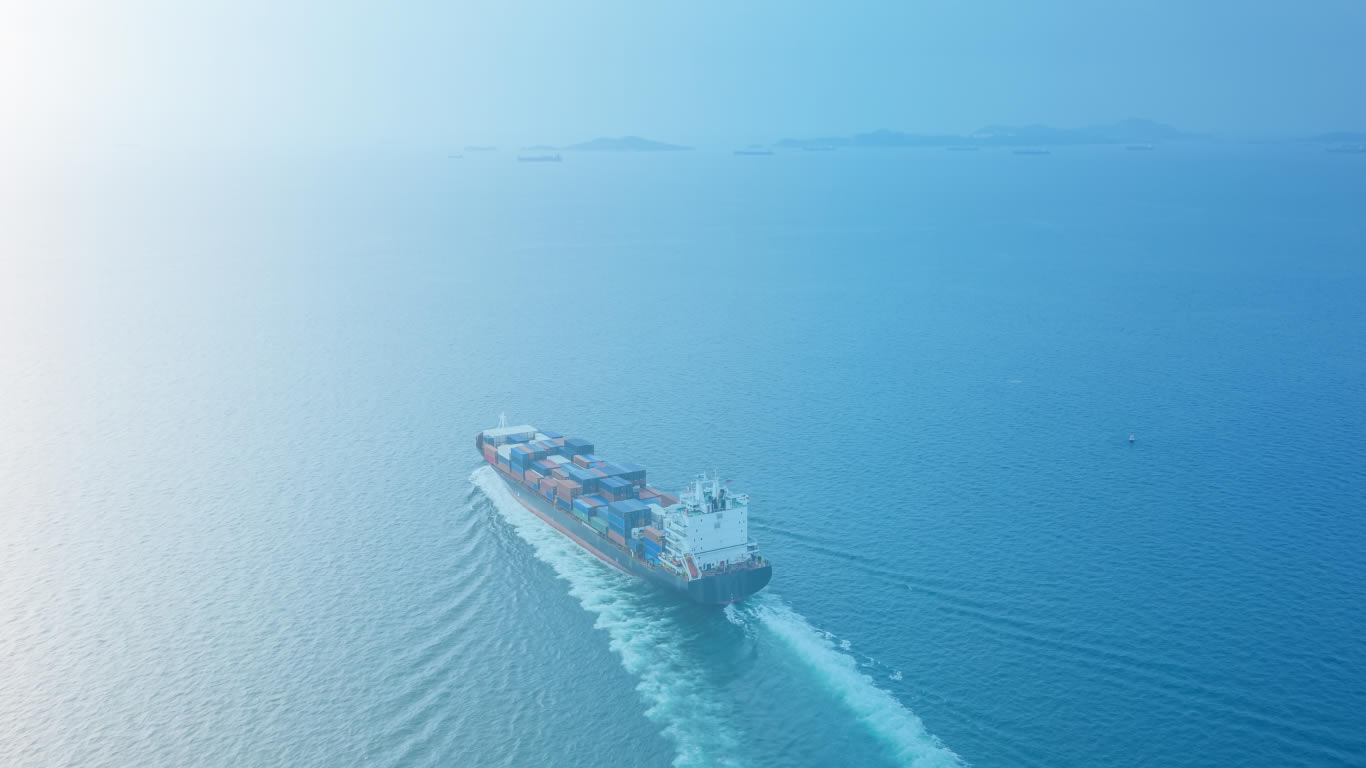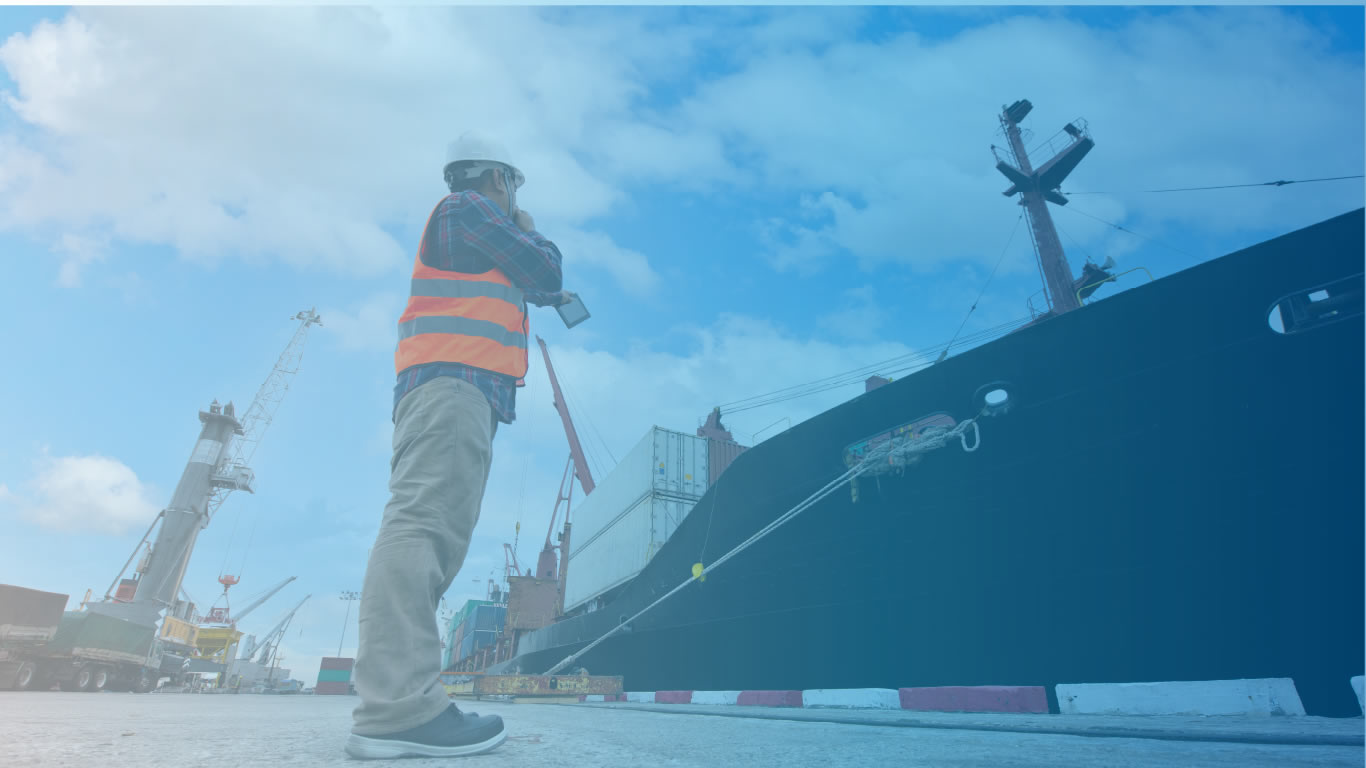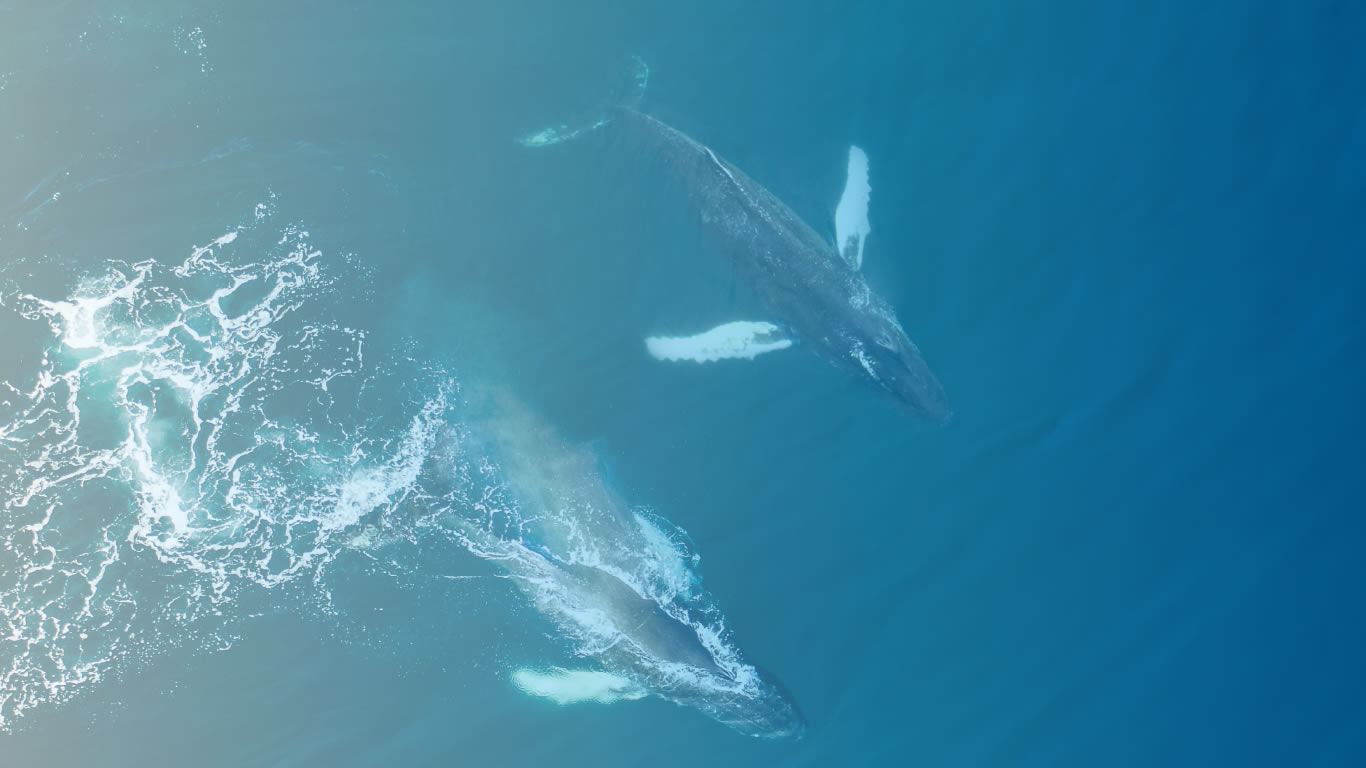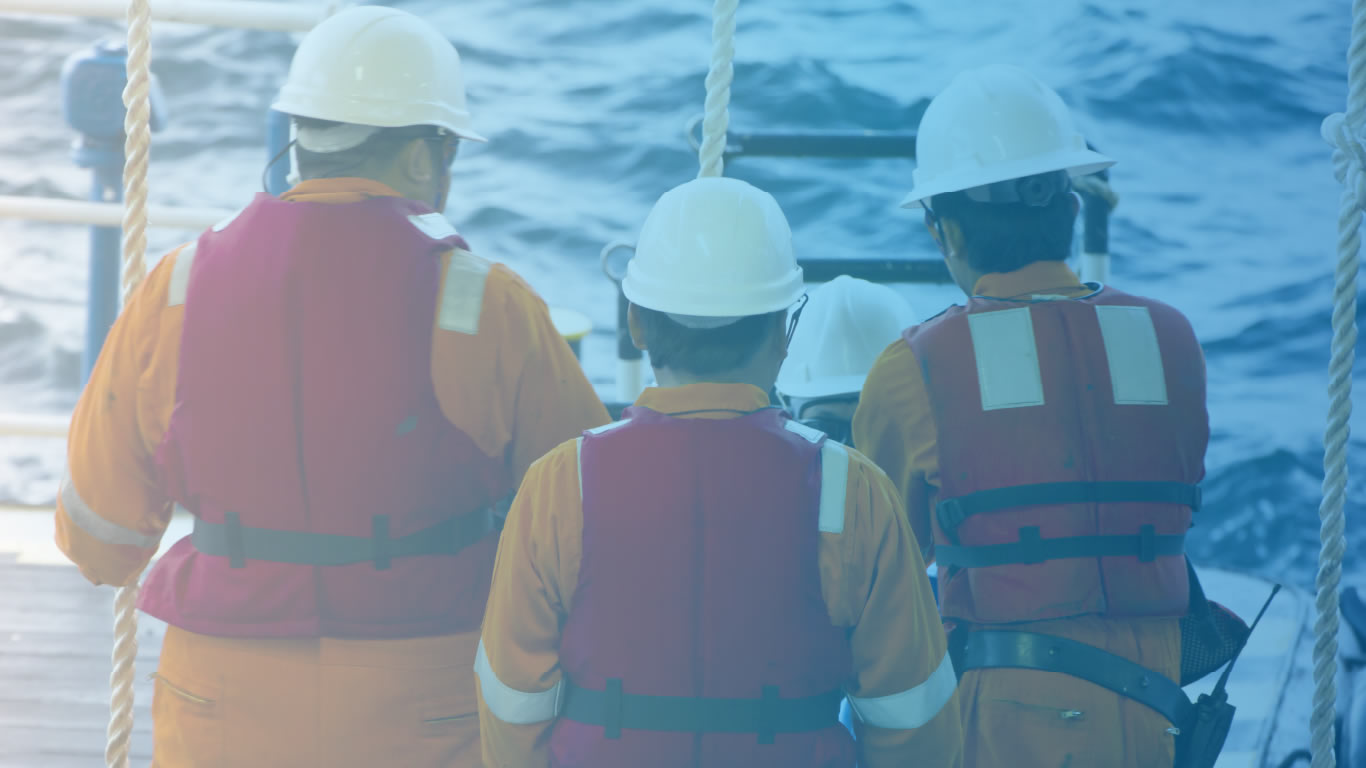The EU Maritime Profile - seafarers

The Human Element is today a key issue within the maritime safety framework. Seafarers working on board seagoing ships shall hold appropriate certificates in accordance with the national and international legal instruments. These certificates, by whatever name they may be known, are issued or recognised by the Maritime Administrations authorising the holder to serve as stated in the document.
The International Convention on Standards of Training, Certification and Watchkeeping for Seafarers (STCW) is the key instrument used here.
Under the STCW Convention masters and officers shall hold certificates of competency (CoC) entitling the lawful holder to serve in the capacity and perform the functions involved at the level of responsibility specified in the document. Duly certified masters and officers are of paramount importance to not only ensure safety on board ships but also guarantee that passengers and goods are transported safely from one port to another. Therefore, it is of upmost importance to know how many of them are potentially available to serve on board EU Member State flagged vessels.
This is achieved by the STCW Information System, a system developed and managed by EMSA, that on an annual basis receives information extracted from the EU Member States plus Iceland and Norway seafarers’ national registry systems on their issued certificates and endorsements.
All data and information is treated to ensure its harmonisation, accuracy and reliability, and since 2016 an annual statistical review presenting a snapshot of the European maritime labour market is published at https://portal.emsa.europa.eu/web/stcw/documents. In addition, since June 2023, annual statistical reviews may be customised through an interactive web-based module available at: https://portal.emsa.europa.eu/web/stcw/seafarers-stats
Although it cannot provide numbers on employment of the certified seafarers, the STCW-IS is able to detail the number of masters and officers holding a valid certificate of competency and/or endorsement attesting the recognition of a certificate of competency entitling them to serve on board EU Member State flagged vessels by specific categories of data such as the ones below.
This section looks at the relevant data on masters and officers, the gender gap in shipping, the age distribution, the variation of available masters and officers along the years and the top five non -EU nationalities.
Number of masters and officers available to serve on EU Member-State flagged ships
To become a master or an officer on board seagoing ships flying an EU Member State flag, you need to hold a certificate of competency by completing specific approved education and training, fulfil the requirements in terms of minimum age, medical fitness, seagoing service and meet the standards of competence as prescribed in the STCW Convention. Holders of certificates of competency issued by other EU Member States or non-EU Member States shall also hold an endorsement attesting the recognition of the said certificate issued by the EU Member State whose flag the ship flies.
To crew their vessels, shipowners of EU Member States may choose to recruit from among 297,756 masters and officers holding relevant certificates. More than one-third (125,519) of these masters and officers hold certificates of competency issued by non-EU states and endorsed by EU Member States.
Gender distribution
Shipping is still a predominantly male activity, especially on board. However, if we look at masters and officers holding EU CoCs, the percentage of women is slightly higher (2.60%) than of those holding CoCs issued by non-EU countries and endorsed by EU Member States (0.8%).
Overview
The availability of masters and officers holding certificates increased until 2019. From 2020 there has been an interruption of this trend most likely caused by BREXIT and the COVID-19 pandemic. This trend seems to be over when we look at the number of masters and officers holding a certificate issued by a country outside the EU and endorsed by EU Member States.
Nationality of non-EU masters and officers
Most non-EU nationals available to serve on board EU Member State flagged ships are Filipinos (31. 36%), Ukrainians (19.06%), Russians (13.42%), Indians (10.53%) and Turks (4.92%).
Nationality of non-EU masters and officers
Most non-EU nationals available to serve on board EU Member State flagged ships are Filipinos, Ukrainians, Russians, Indians and Turks.
Age distribution
The distribution of masters and officers by age groups is relatively uniform. Although, the masters and officers holding EU CoCs are slightly more concentrated in the age group 30 to 35 years old and even more in the age group above 60 years old. Yet, for holders of non-EU CoCs, the master and officers are more concentrated towards younger ages, in age group 30 to 35 years old followed by the age group of 35 to 40 years old.

